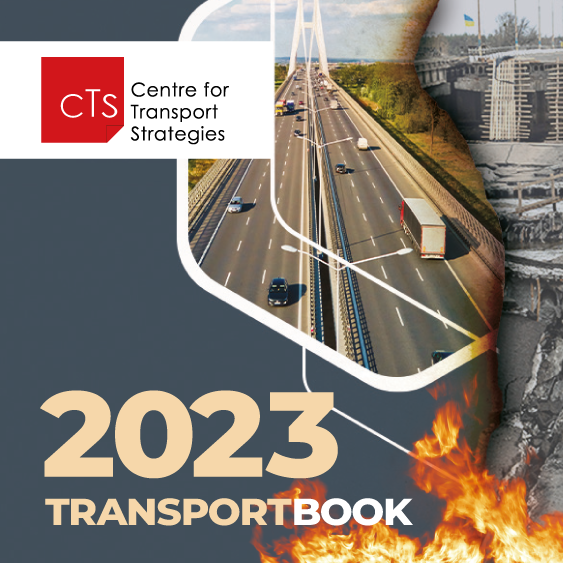Once train traffic begins on the European standard-gauge rail line connecting Uzhhorod to European cities, the plan is to start electrifying the railway line using a 3 kV direct current. This will enable electric trains and electric locomotives from Slovakia to enter Uzhhorod directly, as the electrification standards and current type in the adjacent sections are the same.
Ukraine’s Deputy Minister of Finance Oleksandr Kava stated this in an interview with the CFTS portal.
"In the long term, electric traction will also be implemented in the direction of Hungary. However, given that the electrification there is based on 25 kV alternating current, it is necessary to equip an additional neutral section and use dual-system rolling stock,” he said.
According to Kava, the Ukrainian Railways joint-stock company (Ukrzaliznytsia) can complete the electrification of the Chop-Uzhhorod railway line within a year. However, it all depends on how quickly the company purchases the necessary materials and installs the overhead catenary system.
The electrification project has also received a grant of EUR 23 million from the European Union's Connecting Europe Facility (CEF) grant program. The remaining 50% of the project's cost will be financed with state budget funds. Until the work is completed, diesel traction will continue to be used on the railway section.
"Certain difficulties arose with the restoration of a short, 8-km stretch of the European standard-gauge railway line from Uzhhorod to the Pavlovo-Matovce border crossing. In synergy with the previously mentioned project, this route would have reduced the distance from Uzhhorod to Slovakia’s second-largest city, Košice, by a quarter, from 120 km to 90 km. Unfortunately, even after receiving support from the European Commission, the Slovak side abandoned its plans to allow trains from Ukraine to pass through the European standard-gauge railway at the Pavlovo-Matovce border crossing. This is despite the fact that all the necessary infrastructure is already in place on their side, with the track extending right up to the neutral zone between the two countries," said Kava.
According to him, the planned operating speed on the Chop–Uzhhorod section is currently about 100 km/h, while the project design provides for speeds of up to 140 km/h. "After electrification, the speed will be higher. However, the most important things are the time savings and the possibility of direct rail connections with European cities," said Kava.




